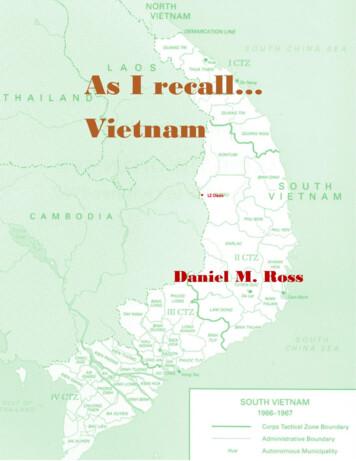
Transcription
The First Lottery for the Military Draft 1970Nothing can prepare a 19-year-old for the onslaught to every sense and every emotionbrought about by serving in a combat zone: certainly nothing in my upbringing in the strong,Catholic-centered home where I grew up with my parents Fred and Mary Ross and my 10siblings. As the youngest son of six, I graduated from St. Edward’s High School in June of 1969.We were all aware of the war, my brother Fran was already serving in the Air Force in Guam.Another brother, Pat, was stationed in Taiwan. I had considered signing up, but was working asan apprentice millwright with my father and my oldest brother Tom. In January of 1970, thevery first Draft Lottery was pulled; my number was 145. Only a short month and a half after thefirst lottery, I received my draft notice. I reported on April 2nd and was told I was deferredbecause I had a lazy left eye. I went to a private practice eye doctor, who checked me andwrote a note stating that the eye should pose no problems to my serving my country in theArmy. With his letter, the Army agreed to take me.On May 12th I was sworn in at the Federal Building in Cleveland and on May 13th, I boardeda bus to Fort Campbell, KY for basic training. After basic training, I went home for two shortweeks before I was off to Fort Sill, OK. The Army had decided my best area of skill would beArtillery, training in use of the 175s, 8” guns, and the 155s, 105s howitzers.As I finished that training, I had planned to try to get into the 101st Airborne. But scuttlearound the base was that they were deactivating in Vietnam and bringing all airborne membersback. That’s when I went to my Master Sergeant and volunteered to go to Vietnam. Hecouldn’t understand. The majority of people were doing everything they could to NOT be sentthere. I think part of it was my upbringing—serve God; serve your country. Every othermember of our training class went to either Korea or Germany. I was sent to Vietnam.Pleiku—Artillery HillMy first and only assignment was with the B Battery4 Battalion, 60th Artillery Group in Pleiku Province, inthe mountainous central highland region of the country,running parallel with Cambodia and the Ho Chi MinTrail—the main supply route for the North VietnameseArmy (NVA).th
Arriving in Vietnam PleikuProvince—LZ OasisArriving in Vietnam Pleiku Province Landing Zone Oasis. On September 30,1970, I received orders to report toDuster Track B122 located at LandingZone Oasis, Southwest of Pleiku andabout 10 miles from the CambodianBorder.OasisOasisA M-42 Duster was a Twin 40mmSelf - Propelled Anti – Aircraft Gun. Acrew consisted of 6 men but we usuallyoperated with 4 men. Prior to this, I had never heard of or seen this type of weaponry and, to be honest, Idid not see the manuals until I went to my first reunion. I was trained on the 40mm Duster by the person Iwas replacing. I had the choice of any position, and I chose to be the gunner.The shortage of manpower was so great we were shipped to our new units without goingthrough the mandatory in country indoctrination. The majority of the crewmen were finishingtheir 12-month stint in November. We trained all new arrivals as they came to the unit.As to how I could be placed onto a piece ofweaponry on which I’d never trained, the Armybrass had recommended that when a shortage of16F personnel exists, personnel with a 13A MOS,such as I had, can be trained as air defensecrewmen with excellent results.The Dusters were all Army surplus fromWorld War II and Korea that were shipped in fromNational Guard bases, one of which was inMansfield, Ohio. Many of them had been built inmy home town at the Cleveland Allison TankPlant.Track 122 on Bunker Line at OasisIn Duster hierarchy, the last man to arrive becomes the loader—a job that provides littleprotection as the loader is standing out in the open from the waist up. I was the loader for thefirst 60 days. While training, we also spent a lot of time clearing and burning foliage, burninghuman waste, doing routine maintenance and nightly guard duty. Our track’s hooch was on theperimeter with our bunker mounted on top.
All hell broke outOn the dark and moonless night of October 29, after a full month of virtually no enemyactivity, I was on guard duty. A seemingly quiet night turned quickly into an unholy hell withinjust a few seconds.The trip-flares were set off in front of our bunker.I operated the M60 and fired toward the flares. Theyreturned fire with a barrage of B40 rockets, mortars,and live bullets. Explosions were everywhere insidethe compound. The enemy had breached theperimeter, and hell had truly broken out. Whileexchanging gunfire, a B40 rocket hit the left cornerof my bunker, damaging it and the M60.Track 122 Damaged bunkerFacing the enemyI grabbed my M16 and ran toward the edge. As I was about to jump, I glanced back and sawthe flash of an explosion. I flew off the roof and almost landed on a few of my squad members.“What’s happening,” they shouted. “We’re being hit with mortars and the enemy has penetratedour perimeter,” I yelled back. Next I attempted to run toward our Duster, and I spotted twofigures on the other side of the road. I paused a second because they were wearing what appearedto be army issue flak jackets. I glanced at Spec. Richard Price who was to my left. He shook hishead to indicate they were not ours, so we took aim and let loose with our M16s. I got up and startedrunning toward our Duster. I reached the center of the road with small arms fire landing all around me. Idove to the ground and returned fire. We had effectively stopped those intruders from entering butmultiple others were fast approaching and our Duster was between us and the enemy. There was astandoff. We stopped their progress but we couldn’t advance either. I was told some years later thatin the corner in which we were penetrated there was an unmanned foxhole.
The NVA, with a superior force both in numbers and weaponry, fired every weapon at theirdisposal, even directing artillery fire upon us. I sought cover behind an empty 50-gallon drumand continued exchanging gunfire with my M16. The rest of the squad was ableto get behind a sandbag wall, a more defensible position. I heard someone yellout for me to get back because I was exposed to enemy fire power. He shoutedthat when we return fire I was to move. When the firing started, I maneuveredthrough the shooting to rejoin the squad. Within seconds of jumping behind thesandbags, I heard a loud explosion from the other end of the hooch, and then avoice shouting for help. I immediately entered the interior of our hooch whichhad been heavily damaged. I moved slowly through the dark and rubble where Ifound Pvt. Paul Ruhl. He was lying against some debris with what appeared toPfc. Paul Ruhlbe a shrapnel wound to his chest. To relieve the tension, I reassured him that Iwas there to help. I ripped open the front of his uniform to give him some relief and I noticed apiece of scrap metal about the size of a silver dollar burned into his chest. At this point I wasoperating on pure adrenaline rush, which drove me through the rest of the night.Dealing with the woundedDestroyed bunkerPrivate Murphy entered the area and reportedthat he heard someone in the next bunkershouting for help. Without hesitation, I grabbedmy M16, ran past Murphy, and told him to keepan eye on Ruhl. Then I passed through theentrance and never stopped until I reached thenext bunker. At first glance of the bunker, I didn’tknow what to think. It was completely collapsed.How could anyone have survived? I knew wherethe entrance to the bunker should have been, so Iwent to that area and heard a voice. I cleareddebris from the entrance, reached in, grabbedhold of someone, and pulled him out. Taking himby his shoulders, I started back to my hooch whilekeeping low to avoid the intense heavy explosionsand gunfire.Out of the corner of my eye, I saw a shadow between us and the wire. I stopped and wrappedmy body around the wounded man and closed my eyes. We waited for what seemed like alifetime, but when nothing happened, we moved on.When I reached my hooch, I laid him down and made him as comfortable as possible. Irealized then that his legs were missing from just above his knees. He was not bleeding muchand the wounds appeared to have cauterized themselves. He was conscious and seemed relaxed.I calmly asked if there was something he needed, and he asked for a cigarette. Private Murphyprovided one. I gently told him I was going for help and that I would be right back.
I got up and walked to the entrance. It was very dark. All I could see and hear was heavyweapon fire and explosions everywhere—and I mean everywhere. A look toward the bunker lineshowed that they were taking heavy damage.These two soldiers and all of the wounded needed swift medical attention. I had only arrivedat Oasis one month prior. I knew where the field office was, but had only been there during theday. Swift action needed to be taken, so without hesitation, I made my way towards where Irecalled the field office was located.The enemy was pounding us with everything they had, but I made it. Outside, there was acaptain and a sergeant that had just killed two sappers who had tried to breach the CommandCenter. I needed the medic and informed the captain, but he replied, “The medic is dead.”Damage around command bunkerI recall that it seemed to me that both thecaptain and the sergeant were visibly shaken. Ifthe two enemy combatants had cut ourcommunication, the site was consideredoverrun. The base would be destroyed alongwith everyone in it. I told the captain that thebunker line had taken a heavy hit and that therewere numerous casualties. He asked whatportion and I said, “There is no bunker lineanymore.” He paused, as if in disbelief, thenturned to the sergeant and told him to get twomen and a stretcher to assist me.We were told to bring the wounded to a stagingarea for helicopter evacuation. For the rest of the night, while amidst the constant explosions andcontinual sightings of shadowy figures moving about, we retrieved the wounded and the dead. Itwas a gruesome and heartbreaking duty going to the bunkers, assessing, retrieving the wounded,and leaving the dead until later.During the evacuation, it was still dark so we assisted the landing of the helicopters. Eachtime a helicopter would come in, we formed a circle big enough for them to land, as we stoodwith our arms outstretched in the air holding flares. After the wounded were evacuated, wegathered the dead.The next morning, Captain Zophy and Master Sergeant Worldsarrived by jeep. After they were given a report from our baseCaptain and our squad leaders, I was asked to report. I waswinding down; I was tired and the night seemed like a blur. I gavethem a report as best I could, which wasn’t much. To this day, Iknow what I did and what went on, but back then it seemed sosurreal. The battle lasted five hours. Despite the enemy’s superiorforces and weaponry and completely overrunning our compound,we held our ground. NVA losses were sizeable.Captain Zophy
As for the rest of the squad, I can’t recall what happened with them since I didn’t meet upwith them until dawn and everything had calmed down.Captain Zophy and Sergeant Worlds both told me that I would be recommended for the SilverStar. Even though I didn’t receive an award, I received something that a medal could nevermatch. I knew in my heart that I had been able to save several lives. I was personally thanked forsaving the lives of their friends by every C/6/14th personnel that I ran into or who sought me out.I can’t pin that memory on my chest, but I proudly wear it on my heart.Our hooch was heavily damaged; we wereissued Payment Vouchers for our personalproperty. I received the max allowed by law,which was 80.00.There was a question asked by a general that still bothers me to this day. The morning after, thegeneral flew over Oasis and wanted the body count. I didn’t understand, but someone explainedthat he wanted to know the number of enemy killed. I asked, “What about ours?” He justshrugged his shoulders. It made me feel that our lives didn’t matter. Our deaths didn’t even rate anumber count.
PICTURES FROM THE MORNING AFTERPictures by Robert ByrneLZ Oasis Track 122Sachal charge throw at 122 hoochAnother damaged truckWhat left of the Motor PoolDamaged chow truck8" Gun hit by mortar rounds
Guard duty morning afterSearching for body partsSearching for Body Parts.Bunker hit by mortarUnbelievable DevastationDestruction everywhereMost important Building on Base
175 Gun in ParapetFound several trip flares in the wire were tiedLooking over the pictures I never realized the extent of the damage that was inflicted upon thebase. It’s a miracle that I survived the battle as we rapidly moved about the base. To this day, I’mstill haunted by flashing shadows.There was a detailed map of all the buildinglocations found on one of the dead NVA. Theyfound the locations by following the footstepsthat someone paced off during the day. Theywere marked off according to priority.Ron Almon went to NCOCS class at Fort Blisswith SSG Larry Yarger and SGT. Robert Byrneat the time he was stationed at LZ Blackhawk.Ron wrote a letter and the following is what hehad to say about the battle for Oasis.Spc. Murphy Sgt. Byrne SSG.Yeager“I was stationed at LZ Blackhawk that day and was listening to the radio as the battle started andcontinued thru the event. I could see gunships working in the area from Blackhawk. There was aconstant stream of tracers that filled the sky. It was amoonless night as you wrote about. I can also verify thedevastation that occurred that night. Late that night orvery early the next morning I received a radio messagefrom Capt. Zophy ordering me to get to Artillery Hill thefirst thing in the morning. Having no idea what this wasabout, I caught the first chopper out of Blackhawk andas soon as I arriv
Catholic-centered home where I grew up with my parents Fred and Mary Ross and my 10 siblings. As the youngest son of six, I graduated from St. Edward’s High School in June of 1969. We were all aware of the war, my brother Fran was already serving in the Air Force in Guam. Another brother, Pat, was stationed in Taiwan. I had considered signing up, but was working as an apprentice millwright .
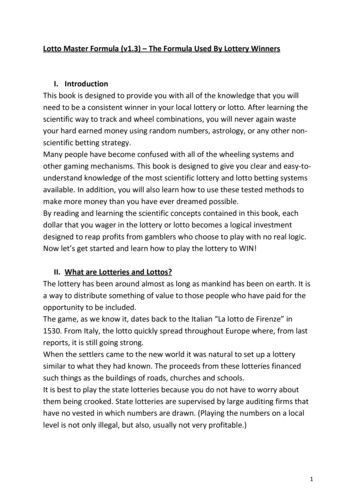

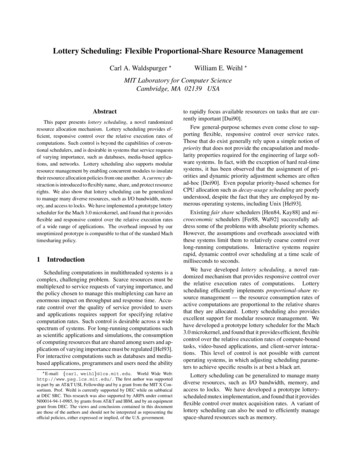
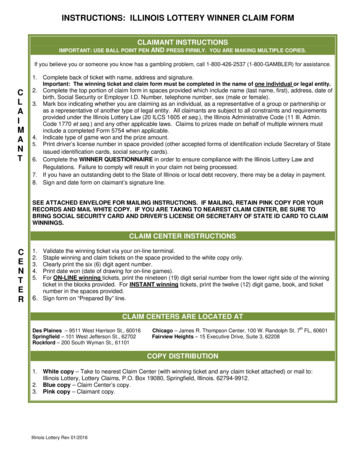
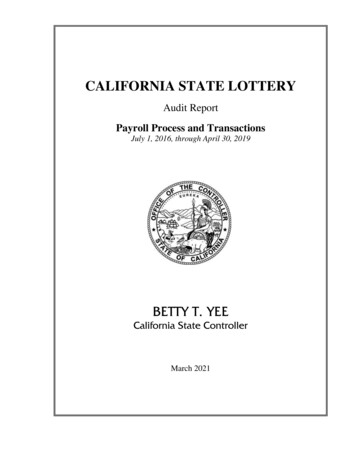
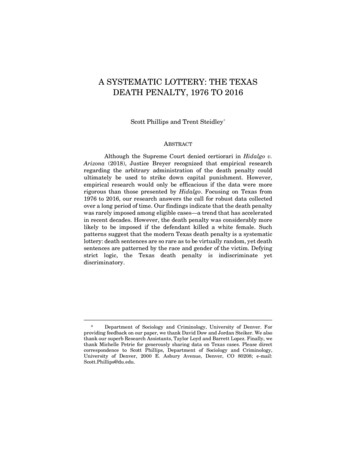



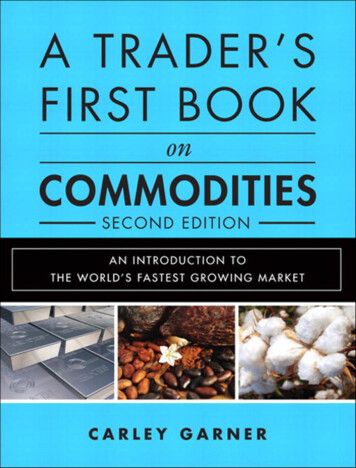
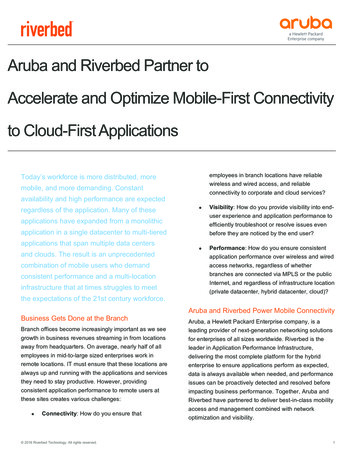
![Last or Business First [Maiden] Page Title Notes](/img/1/saukcity125thjubilee-20historical-20album-index.jpg)